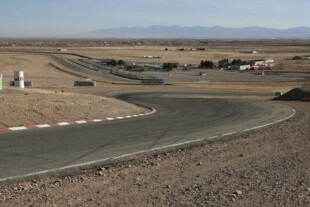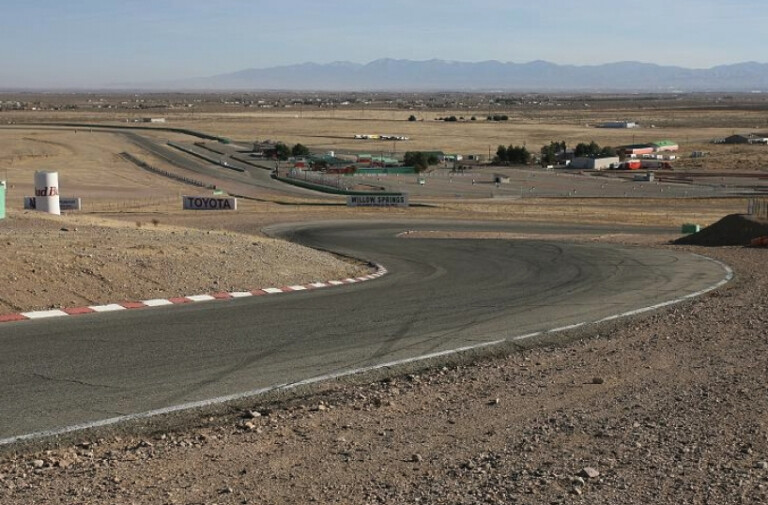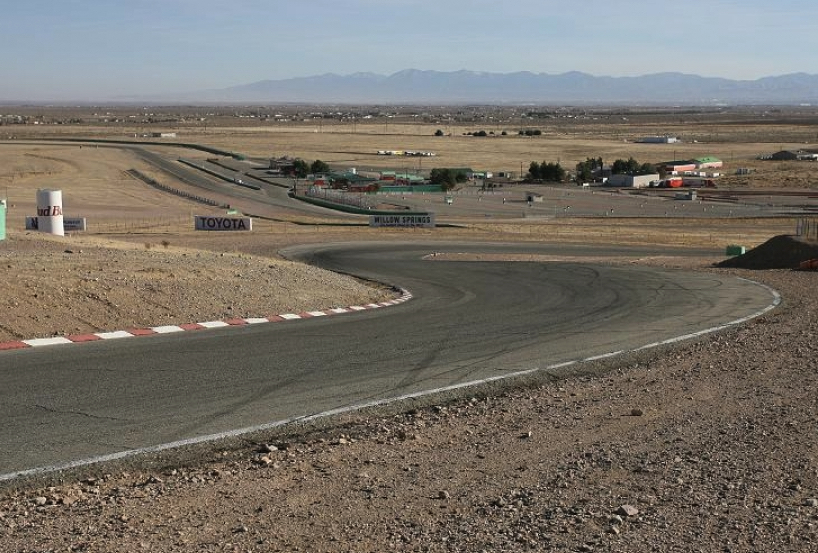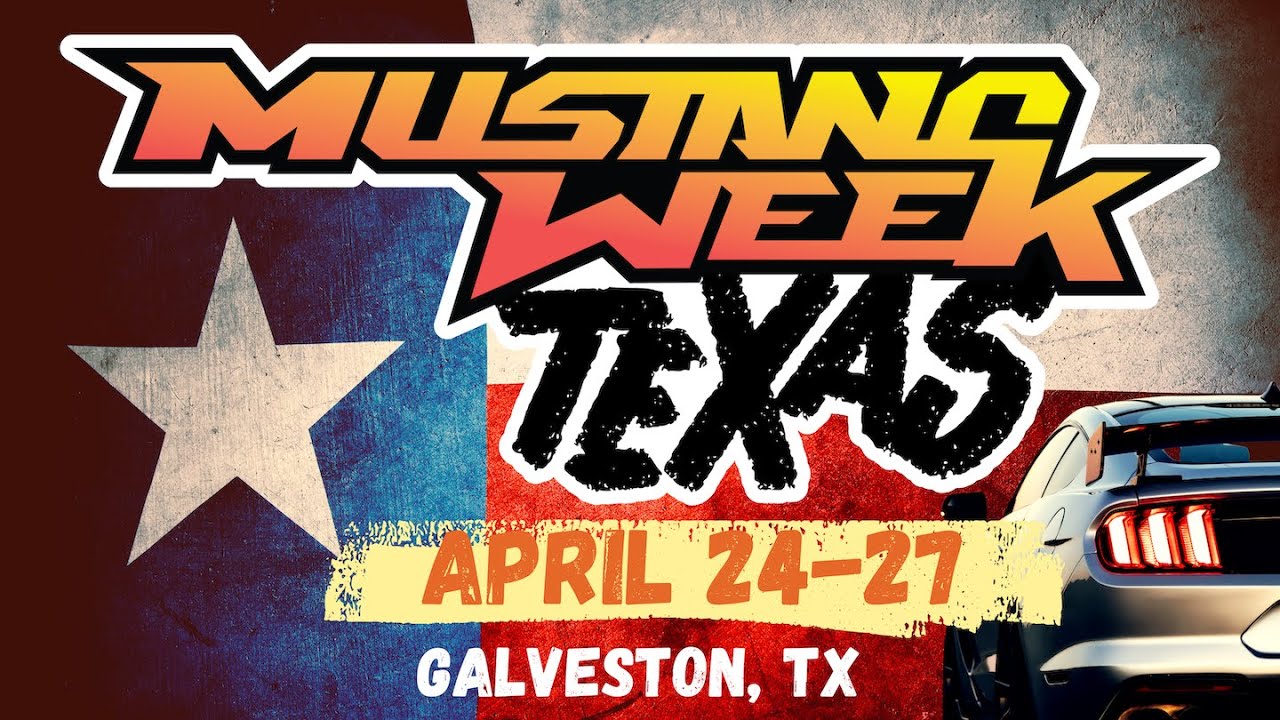By Richard Holdener
If you are a true Chevy enthusiast, then the numerical designation 427 should get the old juices flowing every time you hear it. What makes this displacement so special you ask? Though the LS6 454 guys might argue the point, the L88 and ZL-1 427 big-blocks offered in the Corvette and Camaros from 1967-69 were the most powerful big-blocks to ever come off the assembly line. Built to homologate racing use, the engines were somewhat less than ideal for street use, especially when saddled with the factory exhaust manifolds and (of all things) smog equipment. Back in the late ’60s, it was a pretty big deal to have aluminum heads, but to have an all-aluminum motor adorned with a bowtie was the unheard of. So revered were these legends that Chevy capitalized on that nostalgia by reintroducing an L88 BBC crate motor, attaching the ZL1 badge to the supercharged Camaro, and using a factory 427 displacement in both the Z06 Corvette and Z/28 Camaro. Yes folks, a 427, any 427, is kind of a big deal!
We obviously wouldn’t be making such a big deal about the displacement if we didn’t plan on using it, right? While a big-block 427 might be nice, we decided to do something a little more modern; after all, we are in the middle of the next muscle car era! In honor of modern Chevy performance, we decided to whip up a 427 LS combination. Not just any 427 mind you, but one with a beefy block, forged internals and topped with some serious head flow. While this might sound like a race motor with lots of custom parts, we decided our 427 must also include off-the-shelf components, meaning no custom cranks, no one-off, titanium rods, or even trick custom cams. As far away from custom components as we got on this build was the use of a Stage IV cam from Brian Tooley Racing, though in our defense, it was in stock on the shelf.
In addition to using off-the-shelf components, the build would also demonstrate the power potential of large-displacement stroker LS applications (LS7 no less). Designated the Magnificent LS7, it would serve as a test bed for plenty of future dyno adventures, including nitrous, boost, and even multiple head swaps.
Given the mathematical effect of bore and stroke on displacement, reaching 427c.i. (7.0 liters) can be achieved a number of different ways, using a variety of different factory and non-factory blocks and cranks. The easiest way is simply to choose the 7.0L 427 LS7 and be done with it. Another route is to combine the smaller 4.070-inch bore of the LS3 with a 4.10-inch stroker crank. We chose the bore and stroke combination of the factory LS7 (4.125-bore x 4.0-inch stroke), but chose to install the combination in an iron GM Performance LSX block supplied by Gandrud Chevrolet.
There are a number of reasons for our choice, including improved head flow, ring seal, and overall power potential. The iron LSX block was head and shoulders stronger than the factory aluminum LS7 block, while the larger bore (4.125 vs 4.070 for the LS3 route) helped improve head flow. Use of the shorter stroke (4.00 vs 4.10-inch) kept the piston higher in the cylinder at BDC and improved piston stability. The skirts can’t do their job if they pop out of the bottom of the sleeve at BDC, common when using longer strokes and factory cylinders.
After choosing the route for displacement, we assembled our cast of off-the-shelf characters. The LSX block was combined with a Lunati Voodoo forged crank and Bullet-series CP pistons and Carrillo rods. This combination of bottom-end components made for a stout short block capable of supporting all but the wildest power adders we might throw at it in the future. With beefy forged internals and the LSX block at the ready, it was time for the power producers.
To add airflow, we installed a Stage IV LS7 cam from Brian Tooley Racing, a set of CNC-ported, Gen X 260 LS7 heads from TFS, and an Atomic LS7 intake from MSD. The BTR Stage IV cam featured .652/.630 lift split, a 247/258-degree duration split, and 112+3 lsa. The TFS Gen X heads dramatically increased the flow rate over stock heads (393 cfm @ .700 lift) without resorting to massive port volumes. The MSD intake was a perfect match for the new TFS heads and BTR cam. Additional goodies included a COMP aluminum front cover, ATI damper, and complete Moroso oiling system that included a pan, pick up, and windage tray. Finishing up the Magnificent 7 LSX was a 105-mm Holley throttle and FAST 75-pound injectors controlled by a FAST XFI/XIM management system.
After a few break-in cycles, the Magnificent LS7 rewarded us with peak numbers of 658 hp at 6,600 rpm and 587 lb-ft of torque at 5,000 rpm. As impressed as we were with the results, we can’t wait to add nitrous, turbos, or a supercharger to this bad boy!
We love it when a build comes together, and this Magnificent LS7 lived up to its name. After a careful build and break-in, the 427 produced peak numbers of 658 hp and 587 lb-ft of torque. More importantly, torque production from the combination exceeded 550 lb-ft from 4,300 rpm to 6,200 rpm, meaning you’d never be at a loss for torque. Because we stepped up to the LSX block from Gandrud Chevrolet and the forged internals from Lunati, CP and Carrillo, this LSX was ready for some serious power. Power adders, here we come!
Sources: ATI, Atiracing.com; ARP, Arp-bolts.com; Brian Tooley Racing, Briantooleyracing.com, COMP Cams, compcams.com; CP Pistons/Carillo Rods, Cp-carrillo.com; FAST, fuelairspark.com; Gandrud Chevrolet, parts@gandrud.com; Holley/Hooker/NOS, holley.com; Lunati, Lunatipower.com; Moroso, Moroso.com; MSD, Msdignition.com; Speedmaster, Speedmaster79.com; Trick Flow Specialties,
trickflow.com
















